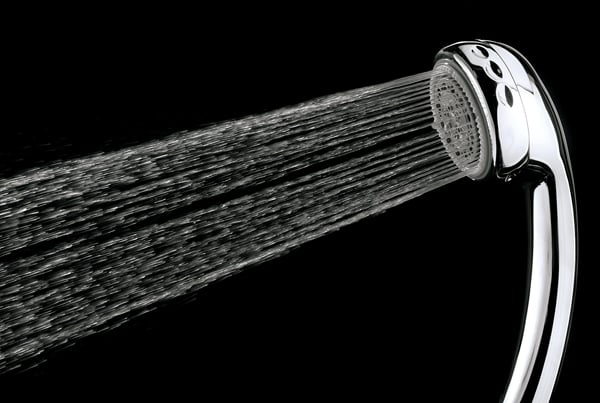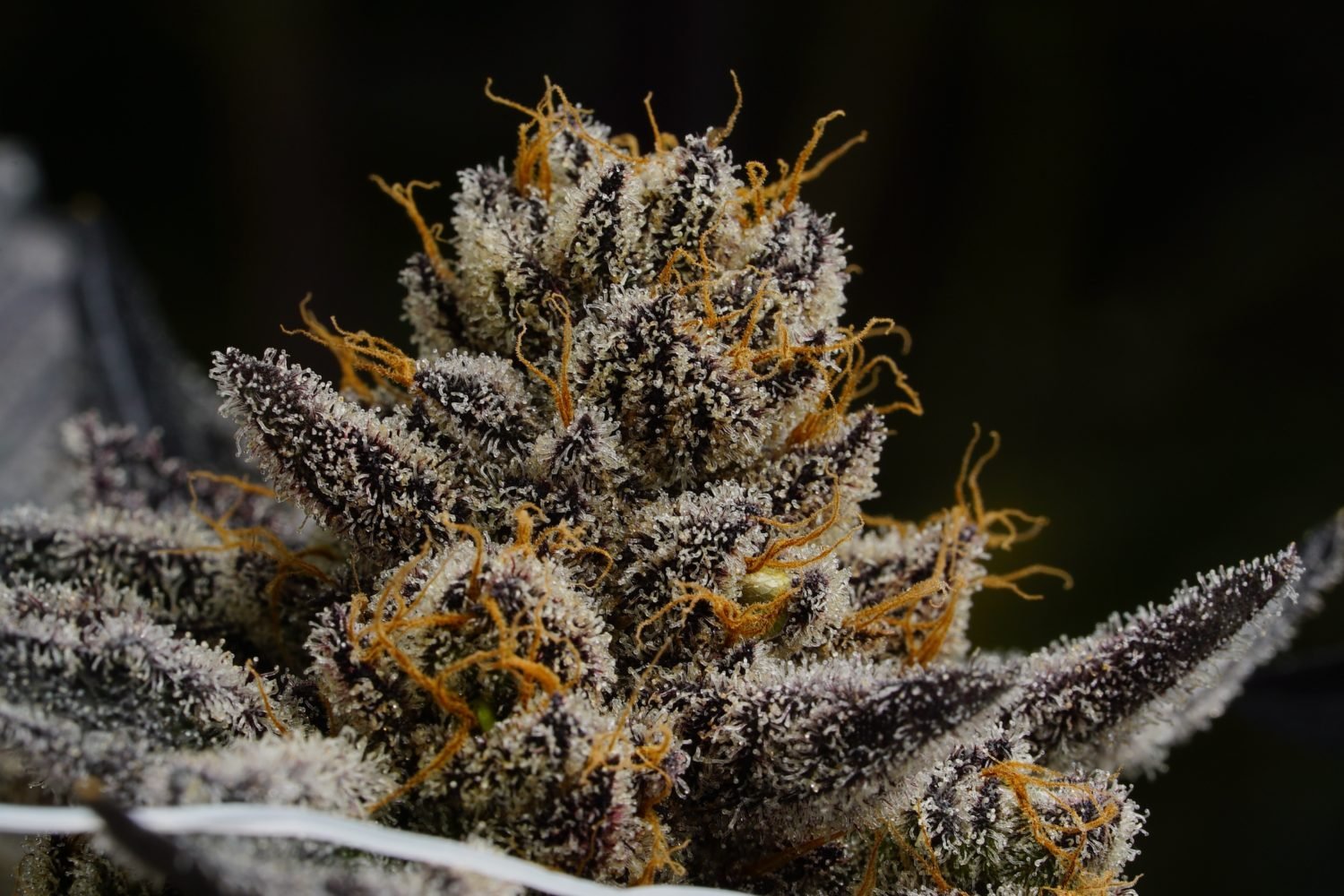If you want a powerful shower, experts say, don’t get an air-injected showerhead.
When low-flow showerheads were mandated by the government in the 1990s, they became the butt of jokes–notably in a Seinfeld episode in which Kramer and Jerry, frustrated that the new showerheads couldn’t rinse out shampoo, arrange to buy banned showerheads from the back of a van.
Technology has advanced. When showerheads first went from a flow rate of as much as 5.5 gallons a minute to the current limit of 2.5, a morning shower sometimes felt like a drizzle. Two decades later, some heads deliver an adequate stream at 1.75 or 1.5 gallons a minute.
Still, water pressure is something bathroom designers often hear about, particularly from male clients who like a strong shower.
Several factors affect the pressure you get in your shower–some you can change, some you can’t. One outside your control is the volume of water coming into your house.
Falls Church bathroom designer Dee David says that the closer a house is to a water-pumping station or water tower, the better the water pressure likely will be. And because water flows downhill, houses at the bottom of hills tend to have better pressure.
“There’s nothing a plumber can do if you don’t have adequate pressure coming into your house,” says Carolyn Thomas of Jennifer Gilmer Kitchen & Bath.
Another factor is the piping in your house.
Most houses have standard half-inch pipe. That almost always gets widened to three-quarter-inch pipe during bathroom renovation if a homeowner is installing multiple showerheads and body sprays–or else the water volume won’t be adequate.
If water pressure is an issue, some plumbers recommend installing three-quarter-inch pipe even if you’re not putting in multiple showerheads. “More volume gives you more pressure,” says Thomas Wood, owner of Woodbridge Plumbing.
Dee David says that in her experience putting in three-quarter-inch pipe when it’s not needed seems to make little difference in pressure. But if you live in an older home with galvanized pipe, replacing that during renovation with new pipe, even with half-inch, is smart.
“If you have a house that’s more than 50 years old, chances are that galvanized pipe is full of crud,” she says. “Changing the pipe could make a big difference.”
If changing pipes is more than you’re ready to do to get a forceful flow, the next step is to analyze your showerhead–as well as a plumbing part many overlook: the shower valve.
“The valve that goes into your wall is the most important part of your shower,” says Mark Watson, general manager of Tunis Kitchen & Bath Showroom in Chevy Chase.
The valve is behind the knob or handle that you use to turn on the water. It’s where the hot and cold water mix together, and it regulates the temperature that comes out of the faucet.
Valves come in two basic types: a pressure-balance valve, which maintains a constant temperature as well as a steady pressure in the shower even if, say, a toilet is flushed somewhere else in the house, and a thermostatic valve, which allows you to preset the water temperature.
A better valve can push more water into a showerhead. You can look at a valve’s specifications to see its gallons-per-minute capacity. David recommends Kohler’s HiFlow Rite-Temp Pressure Balancing Valve, which pushes up to 13 gallons a minute. “Other valves are only five gallons per minute,” she says.
See Also:
Carolyn Thomas also recommends valves by Kohler as well as ones by Hansgrohe and Grohe. Those three brands make her favorite showerheads, too–her top choice being Hansgrohe: “As far as I’m concerned, they’ve engineered the best showerheads.”
Thomas is a fan of Hansgrohe’s air-injection showerheads, which push air out with the water so the drops are larger and it feels as if the water has more volume. She particularly likes Hansgrohe’s Raindance line. Kohler, she says, also makes good air-induction heads; its line is called Katalyst.
The fat drops coming out of air-injected showerheads may feel too soft for some bathers. For those who want the strongest pressure possible, Dee David suggests a head with multiple spray settings–and making sure one setting is labeled something like “needle” or “jet.” Two showerheads she recommends are the Kohler MasterShower Invigorating three-way showerhead and Grohe’s Relexa Deluxe. “I have the Kohler in my own shower,” she says.
This article appears in the May 2011 issue of The Washingtonian.




















